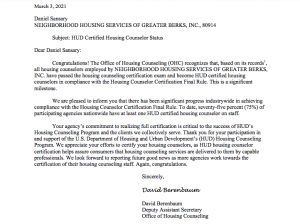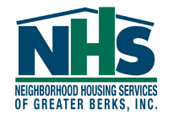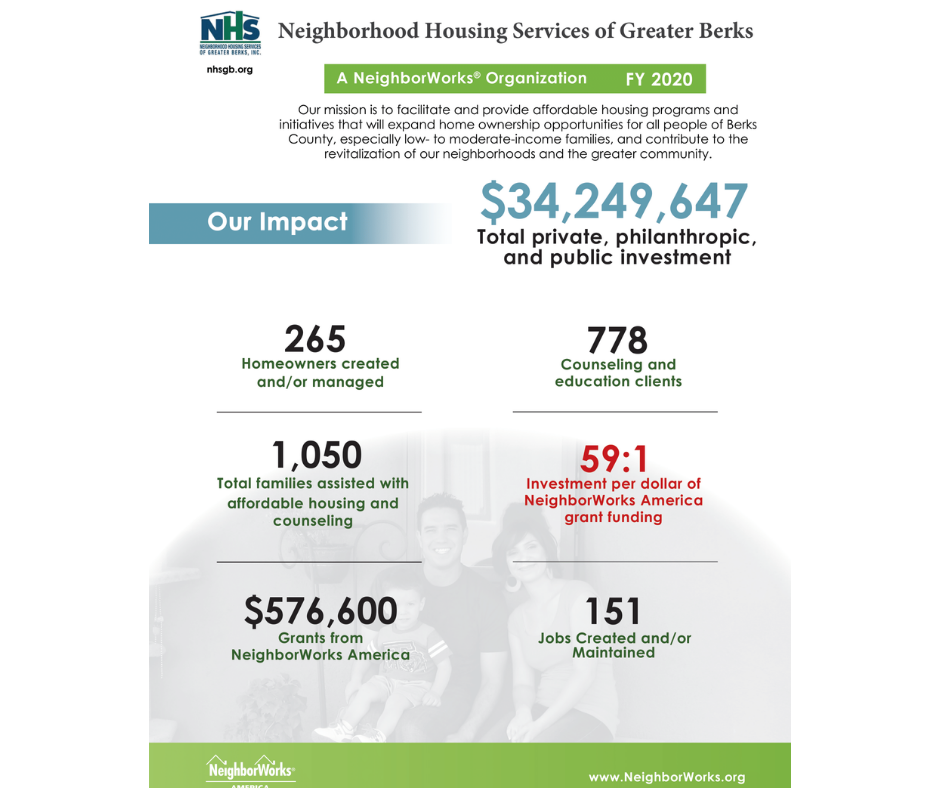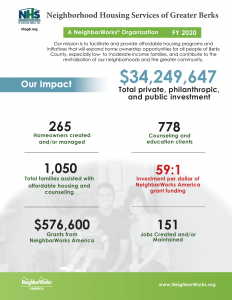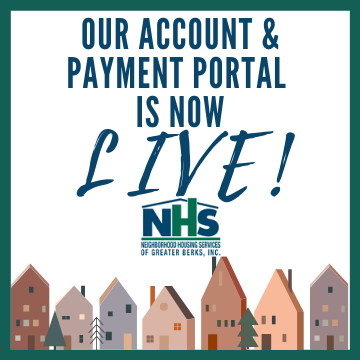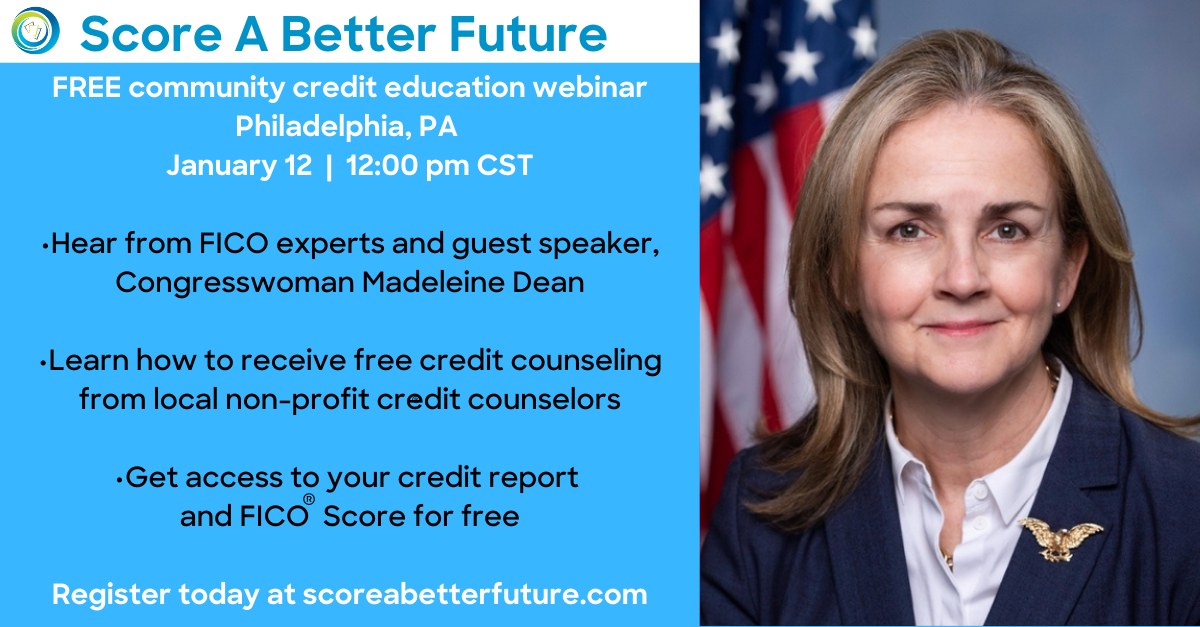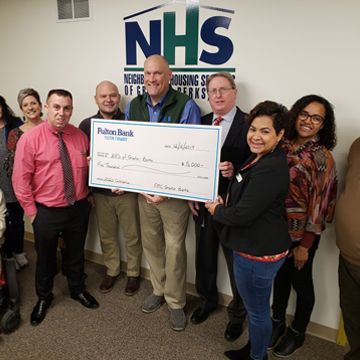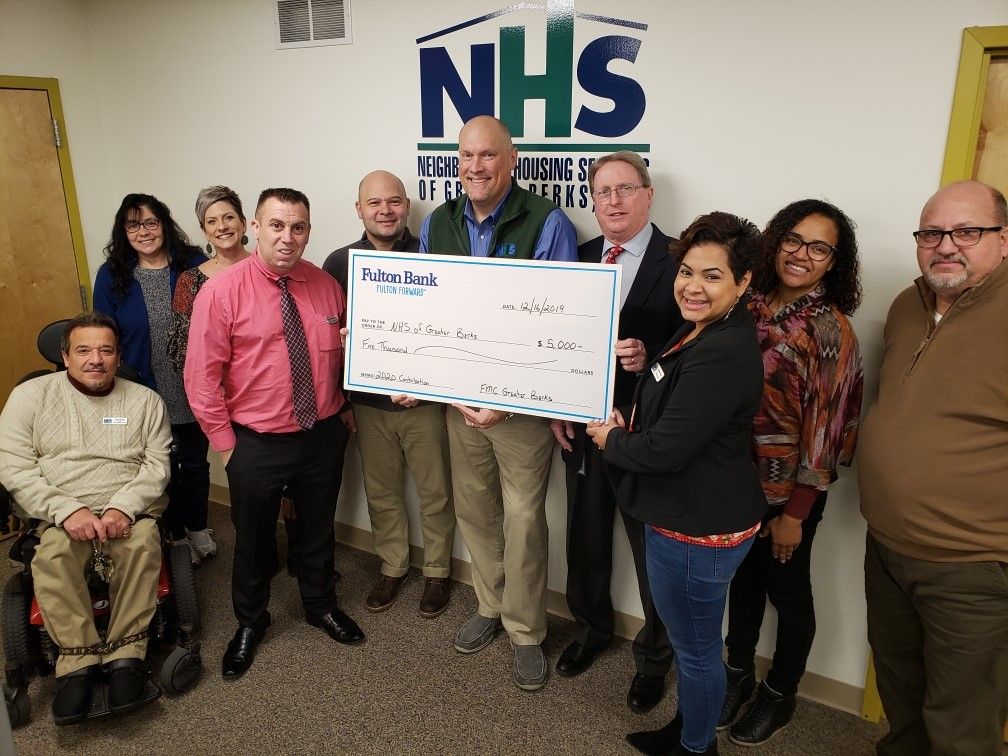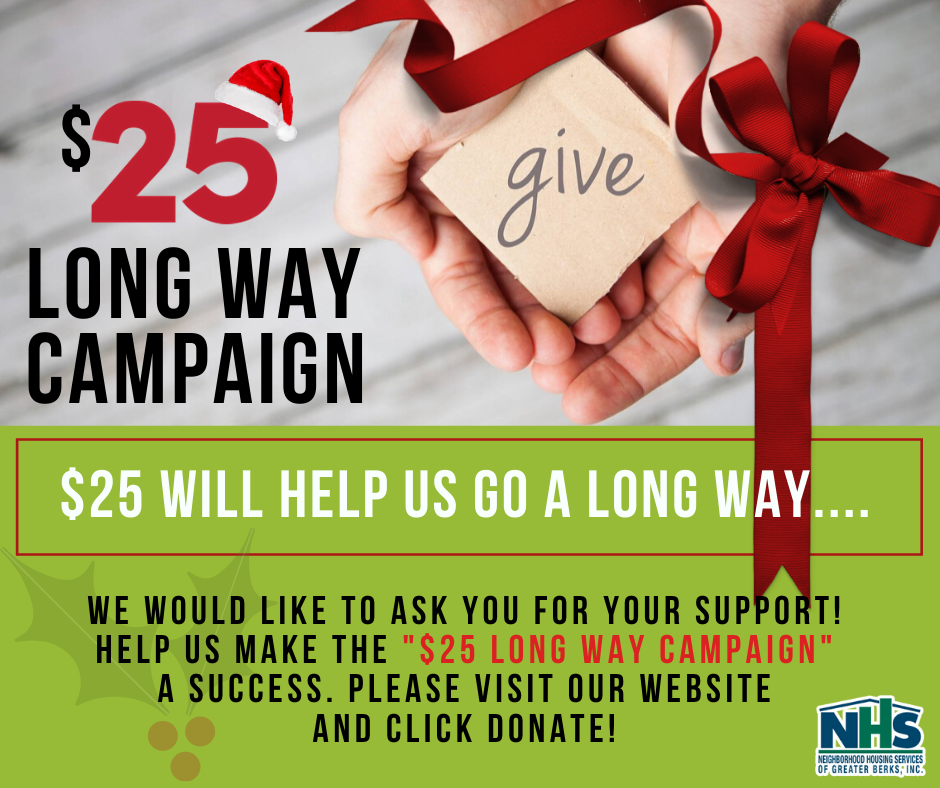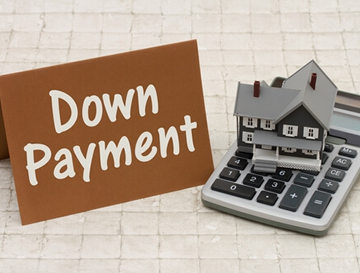Click here to download this information
Summary and Analysis of Federal CARES Act Eviction Moratorium
On March 27, 2020, the president signed the Coronavirus Aid, Relief, and Economic Security Act (“CARES Act”) into law. The law includes important, immediate protections for tenants and homeowners. The federal eviction moratorium for tenants living in certain types of housing is summarized below. NHLP is working on a separate analysis regarding the provisions for homeowners.
I. What does the federal eviction moratorium do?
The eviction moratorium operates by restricting lessors of covered properties (discussed in more detail below) from filing new eviction actions for non-payment of rent, and also prohibits “charg[ing] fees, penalties, or other charges to the tenant related to such nonpayment of rent.” Sec. 4024(b). The federal moratorium also provides that a lessor (of a covered property) may not evict a tenant after the moratorium expires except on 30 days’ notice—which may not be given until after the moratorium period. See Sec. 4024(c).
The federal eviction moratorium does not affect cases:
a) that were filed before the moratorium took effect or that are filed after it sunsets
b) thatinvolvenon-coveredtenancies(seebelow),or
c) where the eviction is based on another reason besides nonpayment of rent or
nonpayment of other fees or charges.
The moratorium does not explicitly state whether evictions “for nonpayment of rent or other fees or charges” includes evictions motivated by a tenant’s nonpayment of rent (or other fees or charges) but formally based on a “no-cause” lease termination notice or refusal to renew a term tenancy. Sec. 4024(b)(1). However, advocates should assert that the moratorium bars the filing of any eviction case that is motivated (wholly or in part) by a tenant’s nonpayment of rent or other fees or charges, whether or not the action is formally based on such non-payment. Allowing landlords to skirt the moratorium by using “no cause” eviction cases for delinquent rent or fees would frustrate the purpose of the statute. And, such a reading would lead to an absurd result, because a landlord could more quickly and easily evict a tenant without cause during the moratorium period than after the moratorium expires (at which point a 30-day notice would be required).
For cases that are not barred (or not clearly barred) by the federal moratorium, advocates should next check to see whether any state or local eviction moratorium protects the client. Advocates should also check to see if any state or local moratorium provides more expansive protections than provided by the federal moratorium.
II. What types of housing are covered by the federal eviction moratorium?
The eviction moratorium applies to “covered dwellings,” which includes those dwellings on or in “covered properties.” Sec. 4024(a). The Act defines a “covered property” as a property that: (1) participates in a “covered housing program” as defined by the Violence Against Women Act (VAWA) (as amended through the 2013 reauthorization); (2) participates in the “rural housing voucher program under section 542 of the Housing Act of 1949”; (3) has a federally backed mortgage loan; or (4) has a federally backed multifamily mortgage loan. See Sec. 4024(a)(2).
More discussion about each of these categories follows.
A. VAWA Covered Housing Programs
The eviction moratorium extends to federal housing rental programs covered by VAWA (34 U.S.C. § 12491(a)). The moratorium itself does not impact VAWA housing protections, but referencing the VAWA statute was presumably a quick way to extend coverage to most federally assisted rental housing programs. VAWA-covered housing programs include the following1:
Department of Housing and Urban Development (HUD)2
Public housing (42 U.S.C. § 1437d)
Section 8 Housing Choice Voucher program (42 U.S.C. § 1437f)
Section 8 project-based housing (42 U.S.C. § 1437f)
Section 202 housing for the elderly (12 U.S.C. § 1701q)3
Section 811 housing for people with disabilities (42 U.S.C. § 8013)
Section 236 multifamily rental housing (12 U.S.C. § 1715z–1)
Section 221(d)(3) Below Market Interest Rate (BMIR) housing (12 U.S.C. §
17151(d))
HOME (42 U.S.C. § 12741 et seq.)
Housing Opportunities for Persons with AIDS (HOPWA) (42 U.S.C. § 12901, et
seq.)
McKinney-Vento Act homelessness programs (42 U.S.C. § 11360, et seq.)4
1 Each program includes its corresponding statutory cite for the reader’s convenience when reading 34 U.S.C. § 12491(a).
2 Note that the Housing Trust Fund (HTF) is not covered by the VAWA statute, even though HUD did extend its VAWA rulemaking authority to cover HTF. See e.g., Violence Against Women Reauthorization Act of 2013: Implementation in HUD Housing Programs, Final Rule, 81 Fed. Reg. 80,724, 80,732 (Nov. 16, 2016).
3 Note that, under HUD’s interpretation, Section 202 Direct Loan properties without Section 8 contracts are not covered by VAWA housing protections. See e.g., 81 Fed. Reg. at 80,732-33.
4Due to what is presumably a drafting error in the VAWA 2013 statute, the VAWA statutory text at 34 U.S.C. § 12491(a)(3)(D) does not refer to a specific program, as there is no program at “subtitle A of title IV of the 2
Department of Agriculture
Section 515 Rural Rental Housing (42 U.S.C. § 1485)
Sections 514 and 516 Farm Labor Housing (42 U.S.C. §§ 1484, 1486)
Section 533 Housing Preservation Grants (42 U.S.C. § 1490m)
Section 538 multifamily rental housing (42 U.S.C. § 1490p-2)
Department of Treasury
Low-Income Housing Tax Credit (LIHTC) (26 U.S.C. § 42)
For programs that fund units (rather than tenant-based subsidies), advocates can use resources such as the National Housing Preservation Database to determine what type of housing a client is living in.
B. Rural Housing Voucher Program
The evictions moratorium also extends to “the rural housing voucher program under section 542 of the Housing Act of 1949 (42 U.S.C. 1490r).” Sec. 4024(a)(2)(A)(ii). The separate inclusion of this program was necessary because the Rural Housing Voucher Program was omitted from the covered housing programs in the 2013 VAWA reauthorization statute.
C. Properties with federally backed mortgage loans (1-4 units)
Federally backed mortgage loans are defined to include loans secured by any lien on residential properties having 1-4 units and that are “made in whole or in part, or insured, guaranteed, supplemented, or assisted in any way, by any officer or agency of the Federal Government or under or in connection with a housing or urban development program administered by [HUD] or a housing or related program administered by any other such officer or agency, or is purchased or securitized by the Federal Home Loan Mortgage Corporation or the Federal National Mortgage Association.” Sec. 4024(a)(4). Note that there is a differently worded definition of the term “federally backed mortgage loan” in Sec. 4022(a)(2) of the Act where the term is defined in terms of a finite list of federal agencies and loan programs5 in contrast to the more sweeping language here. It is not entirely clear if these two definitions of the same term are intended to cover the same set of loans, but the definition of “federally backed mortgage loan” in the eviction moratorium provisions is arguably much broader, so advocates should assert that a tenant is protected by the moratorium even if the landlord’s mortgage is not known to be a HUD, VA, USDA or Fannie Mae or Freddie Mac loan.
McKinney-Vento Homeless Assistance Act.” However, HUD concluded in 2013 that “it was Congress’s intent to include the programs found elsewhere in title IV, which include the Emergency Solutions Grants program, the Continuum of Care program, and the Rural Housing Assistance Stability program.” The Violence Against Women Reauthorization Act of 2013: Overview of Applicability to HUD Programs, Notice, 78 Fed. Reg. 47,717, 47,719 n.4 (Aug. 6, 2013).
5 The definition in Sec. 4022(a)(2) — which applies to the provisions in the Act regarding payment relief and a foreclosure moratorium for homeowners — includes all loans that are owned, insured or guaranteed by one of the following entities: HUD (including Federal Housing Administration loans, reverse mortgages and certain loans under programs for Native Americans and Native Hawaiians); the Department of Veterans Affairs, the Department of Agriculture and Fannie Mae or Freddie Mac.
3
Landlords should know or have access to the information necessary to determine whether their properties have federally backed mortgage loans. Such resources include the note or mortgage instruments themselves, other closing documents, servicing notices, account statements, or other correspondence, as well as loan look-up websites for both Fannie Mae and Freddie Mac. Since tenants will often not have access to that information, advocates should assert that a landlord who files an eviction suit (for nonpayment of rent) during the federal moratorium period must plead and prove that the property is not subject to a federally backed mortgage loan.
If necessary, an advocate might be able to determine if a property has a federally-backed mortgage loan by reviewing the contents of any mortgages, deeds of trust, or other instruments recorded for a property. However, not all federally-related loans will have a public filing that identifies the loan as federally-backed. In many communities, only some—if any—land records may be available on line, and records offices may be closed to the public for reasons related to the pandemic. Even if available to the public, such records may not be up-to-date.
D. Properties with federally backed multifamily mortgage loans (5+ units)
A federally backed multifamily mortgage loan has the same definition as “federally-backed mortgage loan,” but is secured by a property with five or more dwelling units. See Sec. 4024(a)(5).
III. How long is the federal eviction moratorium in effect?
The federal eviction moratorium took effect on March 27, 2020 and extends for 120 days. See Sec. 4024(b). Landlords that receive forbearances of federally backed multifamily mortgage loans must respect identical renter protections for the duration of the forbearance. See Sec. 4023(d).
For more resources and any updates to this memo, please visit NHLP’s COVID-19 Resources Webpage.
